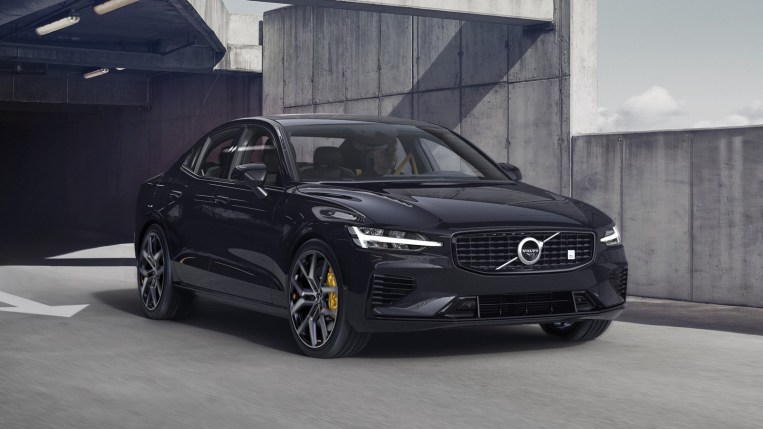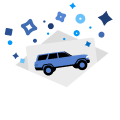
What is a Plug-in Hybrid?
A plug-in hybrid vehicle (PHEV) differs from a traditional hybrid like the Toyota Prius. Both types of car use an electric motor combined with a gasoline engine, but they use them differently.
Traditional hybrids use electric power at neighborhood speeds and supplement it with a gasoline engine to travel at highway speeds. PHEVs, on the other hand, can travel at highway speed under electric power alone. Their gasoline engines kick in after a certain distance.
The average American drives less than 25 miles a day, according to U.S. Department of Transportation statistics. Since many PHEVs can travel that distance on electric power alone, owning one can be a lot like owning an electric car. But PHEV owners can take longer trips without worrying about recharging, relying on gasoline to go further than their batteries allow.
Volvo builds PHEV versions of its S60 sedan, V60 wagon, XC60 SUV, S90 sedan, and XC90 flagship SUV.
For the 2022 model year, each used an 87 horsepower electric motor mated to an 11.6 kilowatt-hour (kWh) battery to supplement their gasoline engines. For 2023, they’ll instead get a 143-horsepower electric motor and an 18.8 kWh battery.
That gives each model a longer range under electric driving:
| Model | 2022 Electric-Only Range | 2023 Electric Only Range |
| S60 Recharge | 22 miles | 41 miles |
| V60 Polestar Engineered | 22 miles | 41 miles |
| XC60 | 19 miles | 35 miles |
| XC60 Polestar Engineered | 19 miles | 35 miles |
| S90 Recharge | 21 miles | 38 miles |
| XC90 Recharge | 18 miles | 35 miles |
How Does This Lower Prices?
The larger batteries have another benefit — they allow Volvo’s PHEVs to qualify for the federal government’s full $7,500 electric vehicle tax rebate.
The 2023 models should begin reaching dealer lots in the fourth quarter of 2022.







